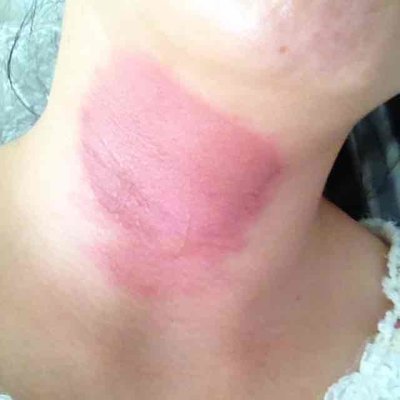How to nurse after operation of cervical internal fixation and fusion
summary
Cervical internal fixation and fusion of this surgical treatment may be heard less, so the relative will be relatively unfamiliar. Cervical fusion can be divided into anterior, posterior, and combined anterior and posterior approaches. Let's talk about the postoperative nursing of cervical internal fixation and fusion.
How to nurse after operation of cervical internal fixation and fusion
First, observe the condition of the patients after the operation closely, such as drainage fluid and wound bleeding. If there is more bleeding, the dressing should be replaced in time. Carefully observe and record the quantity, color and character of drainage fluid, and report to the doctor for treatment immediately if any abnormality is found.
Second: after anesthetics, touch the limbs of patients in time to observe the sensory and motor functions of limbs. The symptoms of spinal cord compression in most patients have been alleviated to varying degrees, but there are also individual patients with postoperative sensory and motor decline compared with preoperative, which is mostly caused by postoperative spinal cord edema.
Third: hematoma usually occurs within 24 hours after operation, mostly due to poor coagulation function and incomplete hemostasis during operation. Pay attention to listen to the patient's complaints, and often ask whether the patient has symptoms of suffocation and dyspnea. In case of hematoma compression, the neck suture should be removed immediately, and tracheotomy should be performed if necessary.
matters needing attention
Above we know the patients in the cervical internal fixation and fusion surgery need to do a series of corresponding nursing matters. Of course, before the operation, we have to accept the examination first, so as to determine whether we can meet the standard of the operation.















